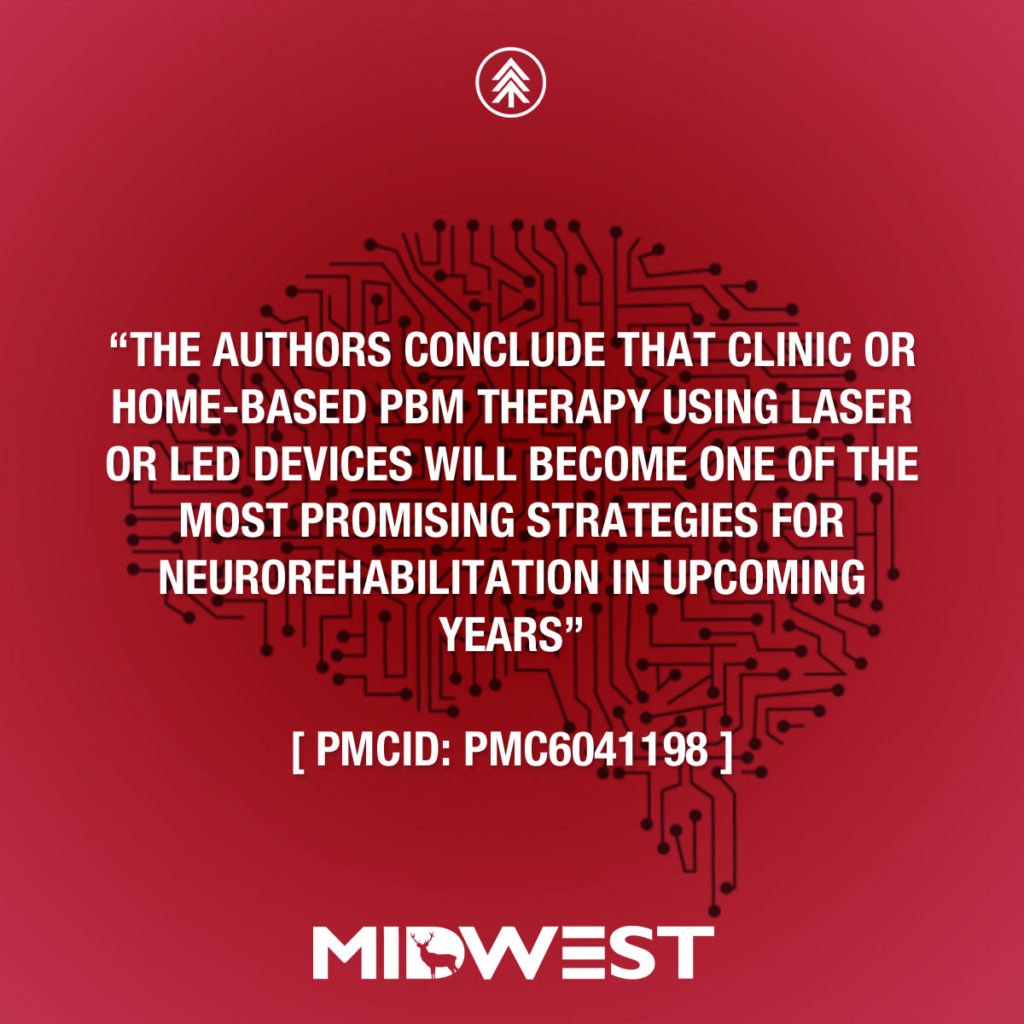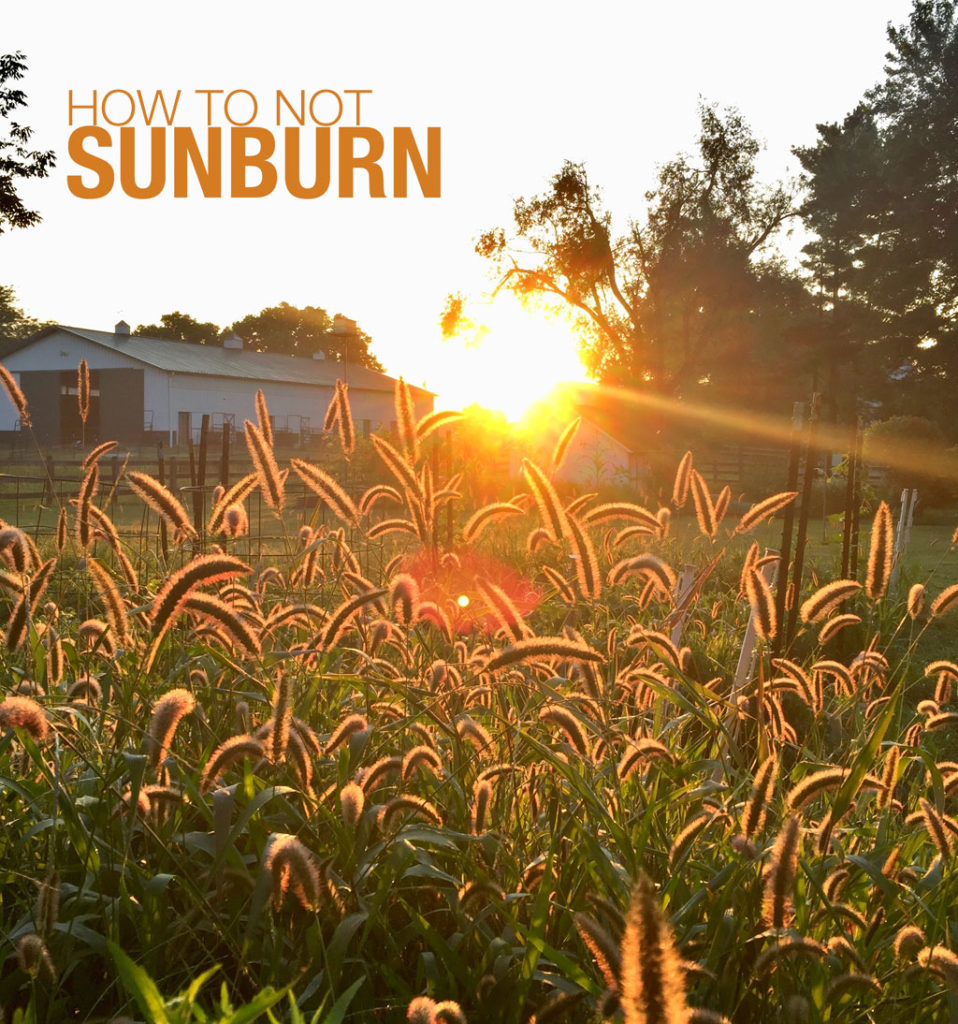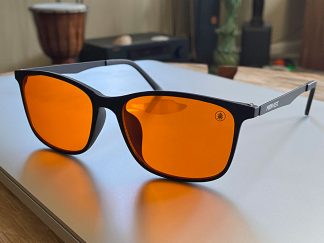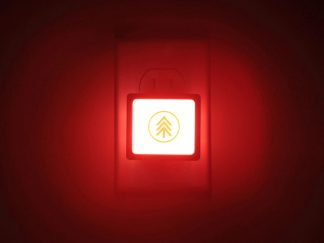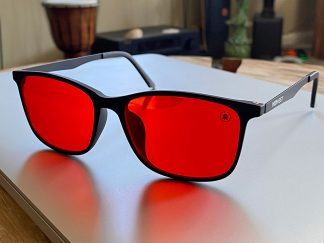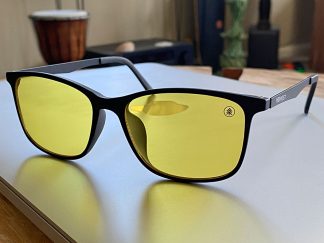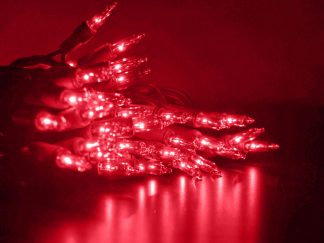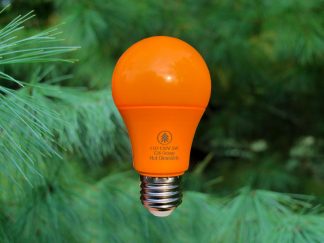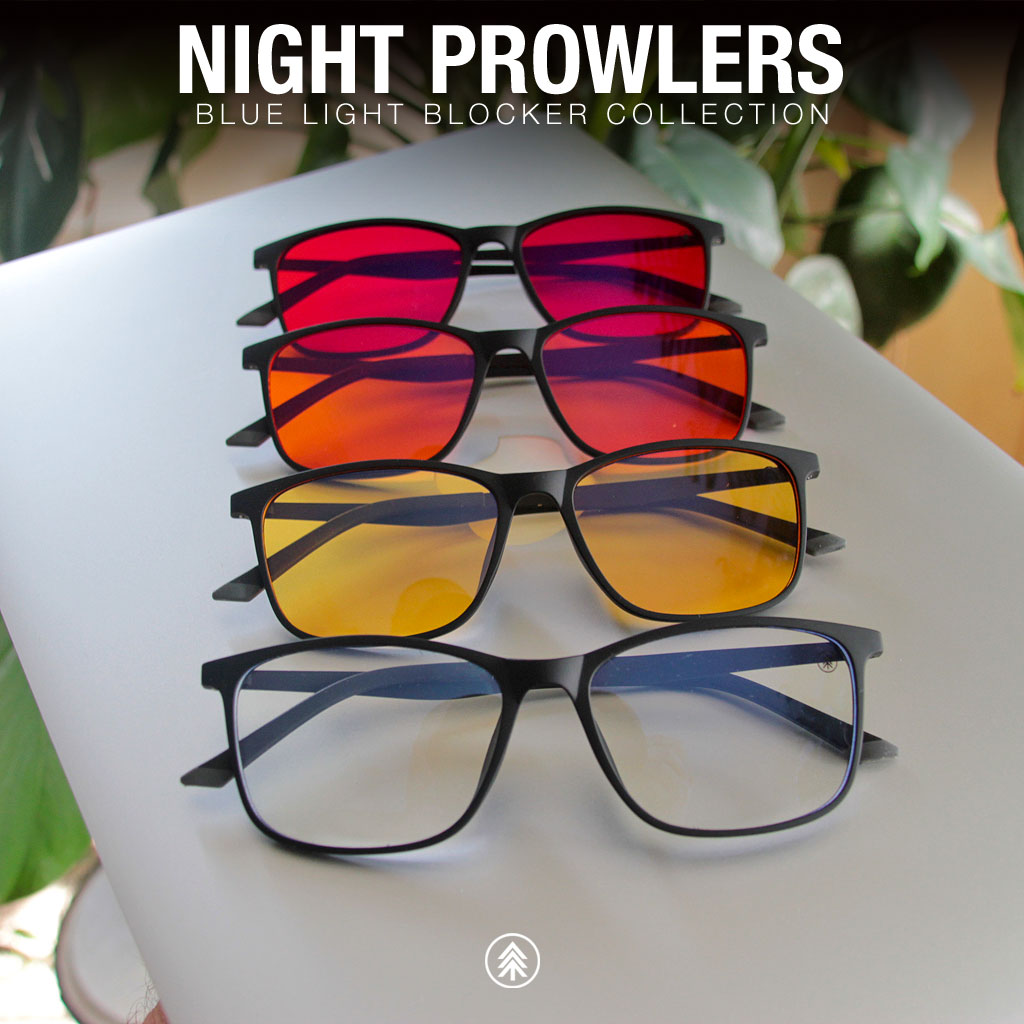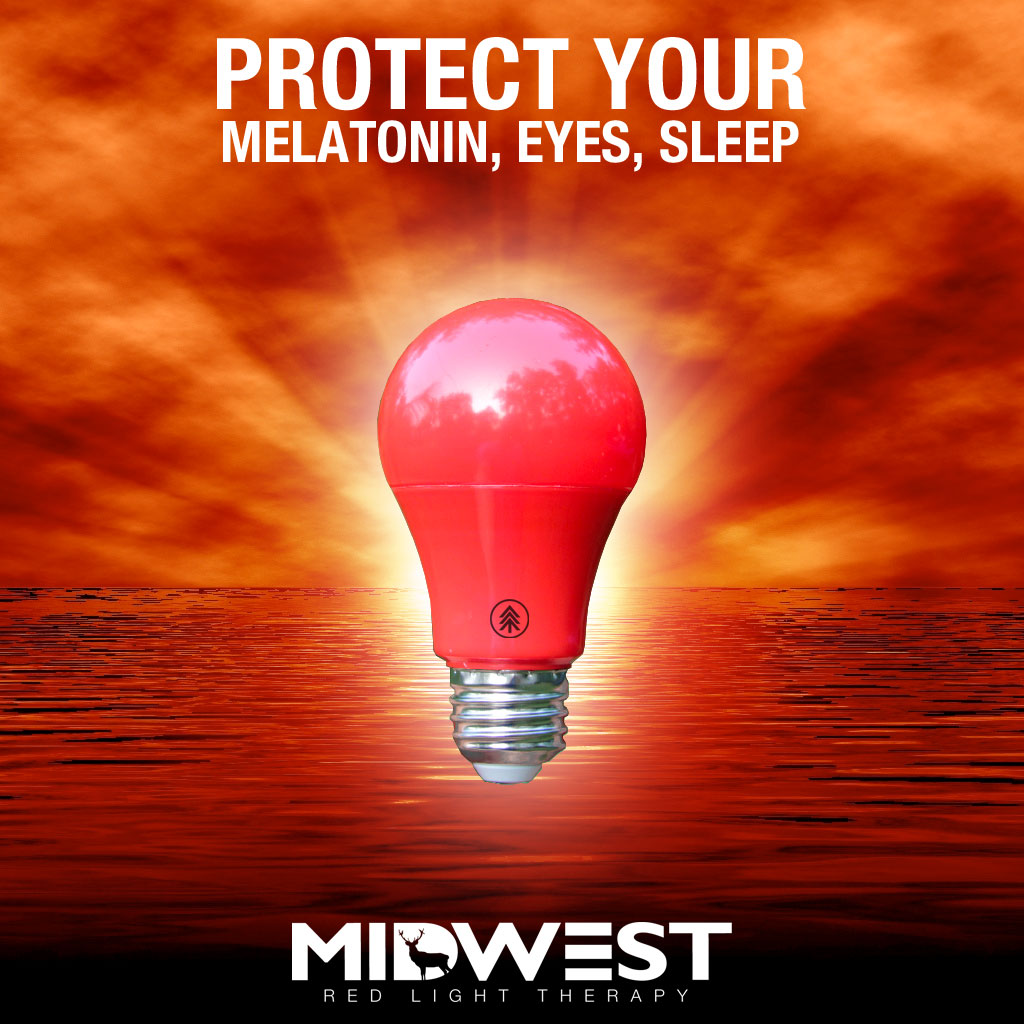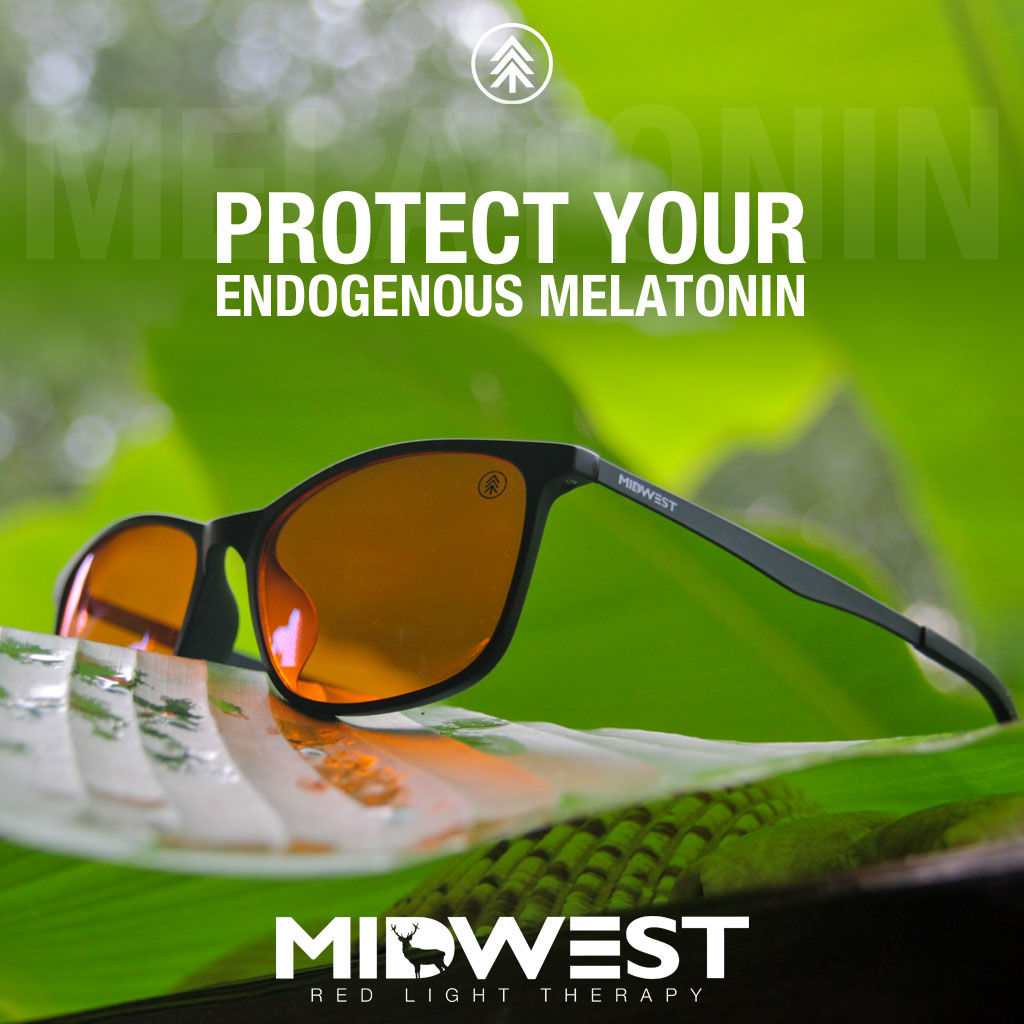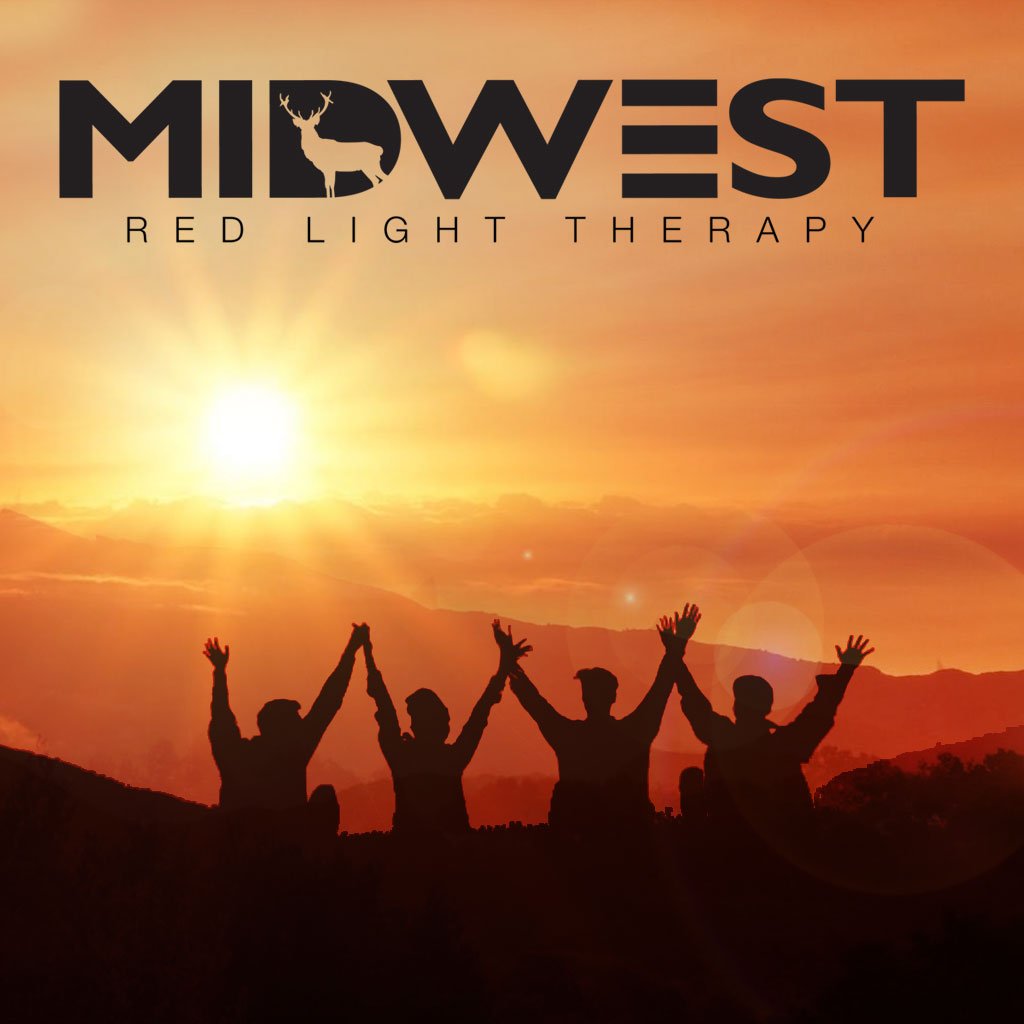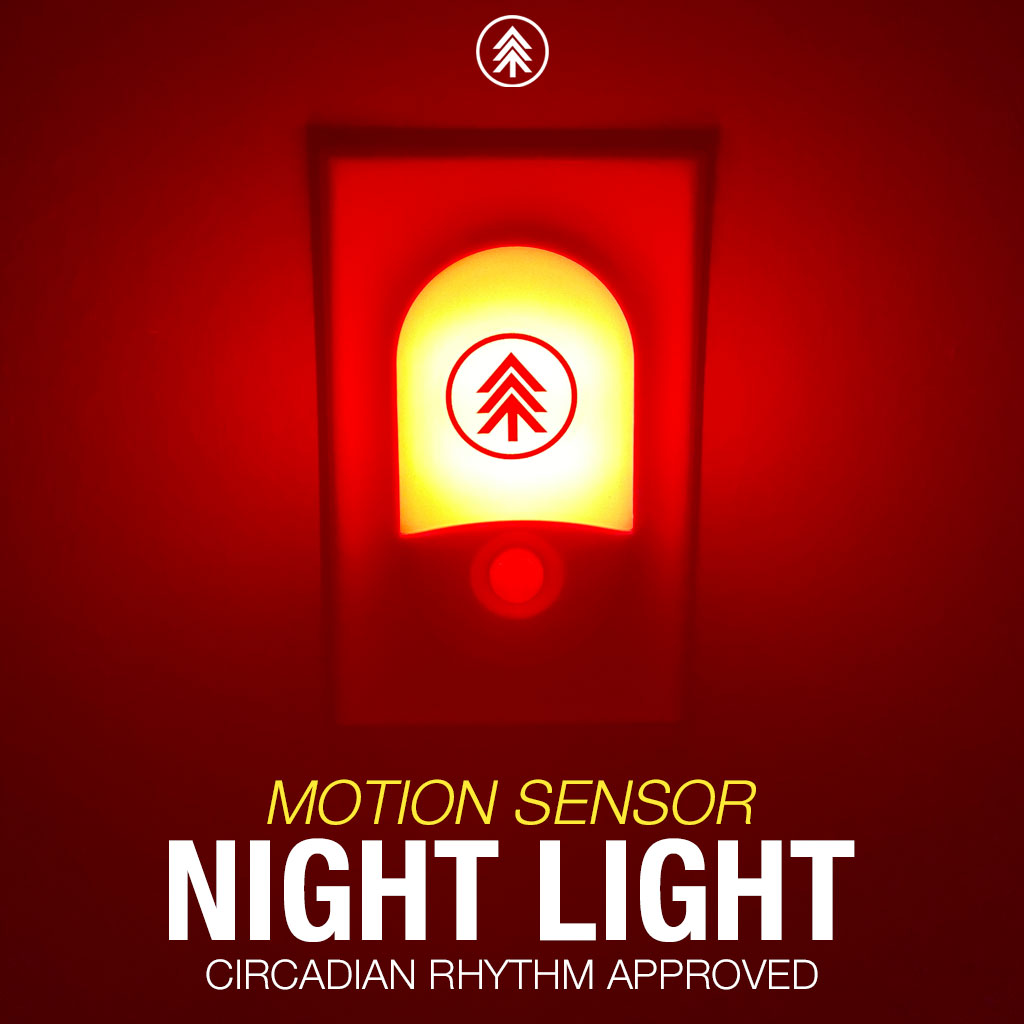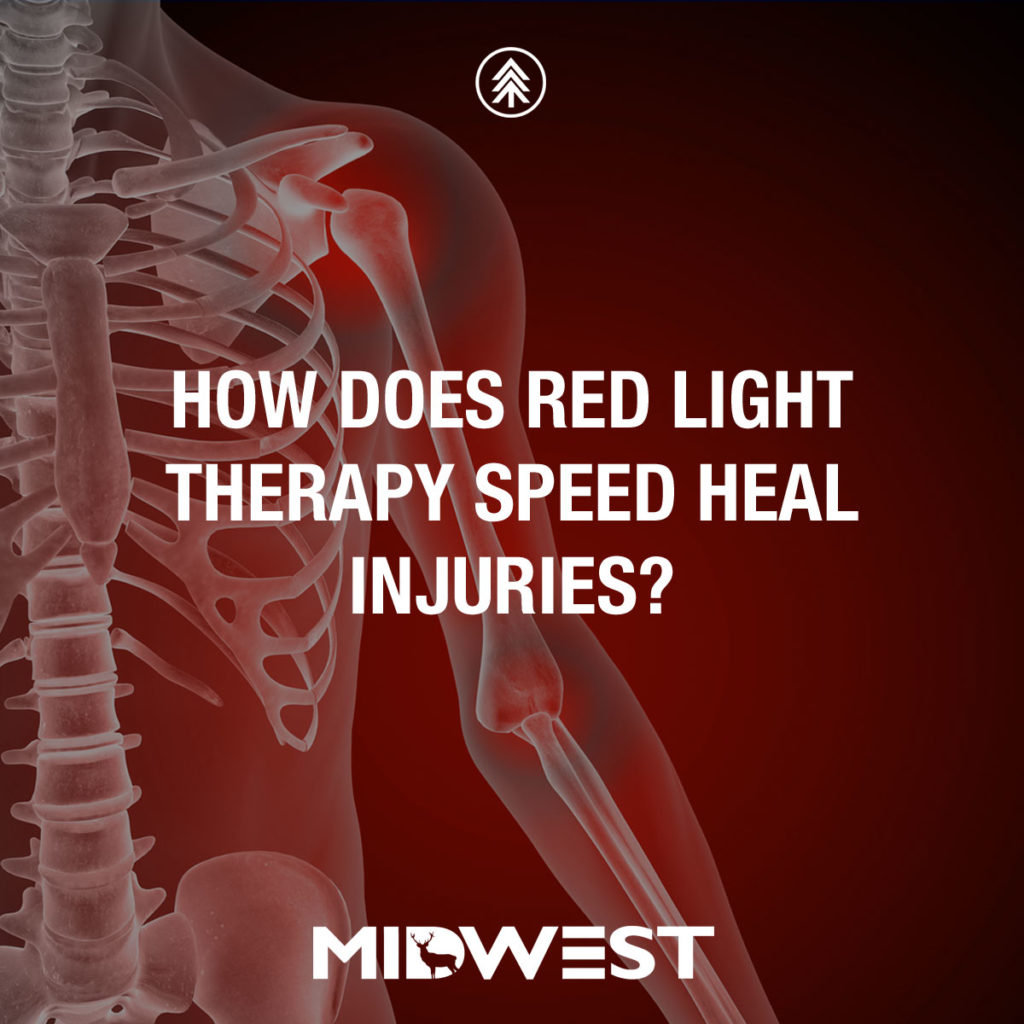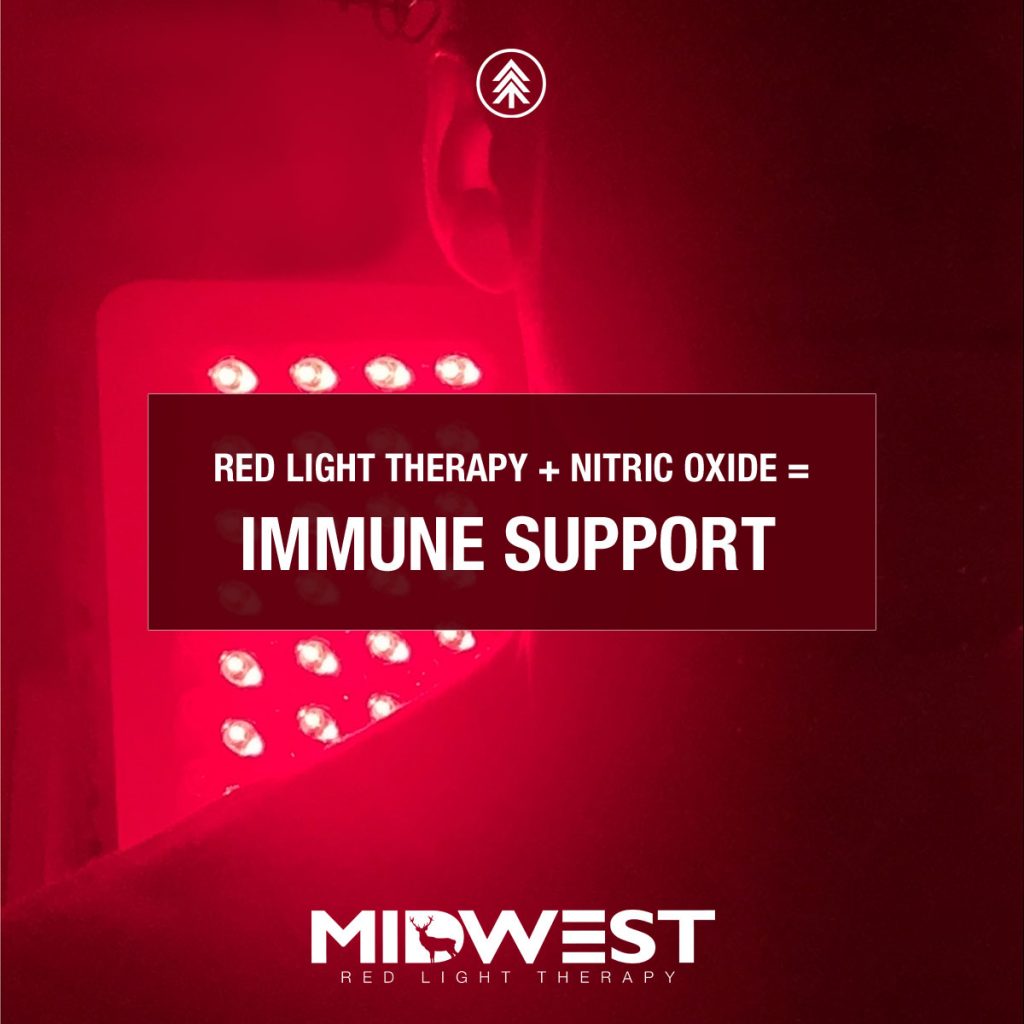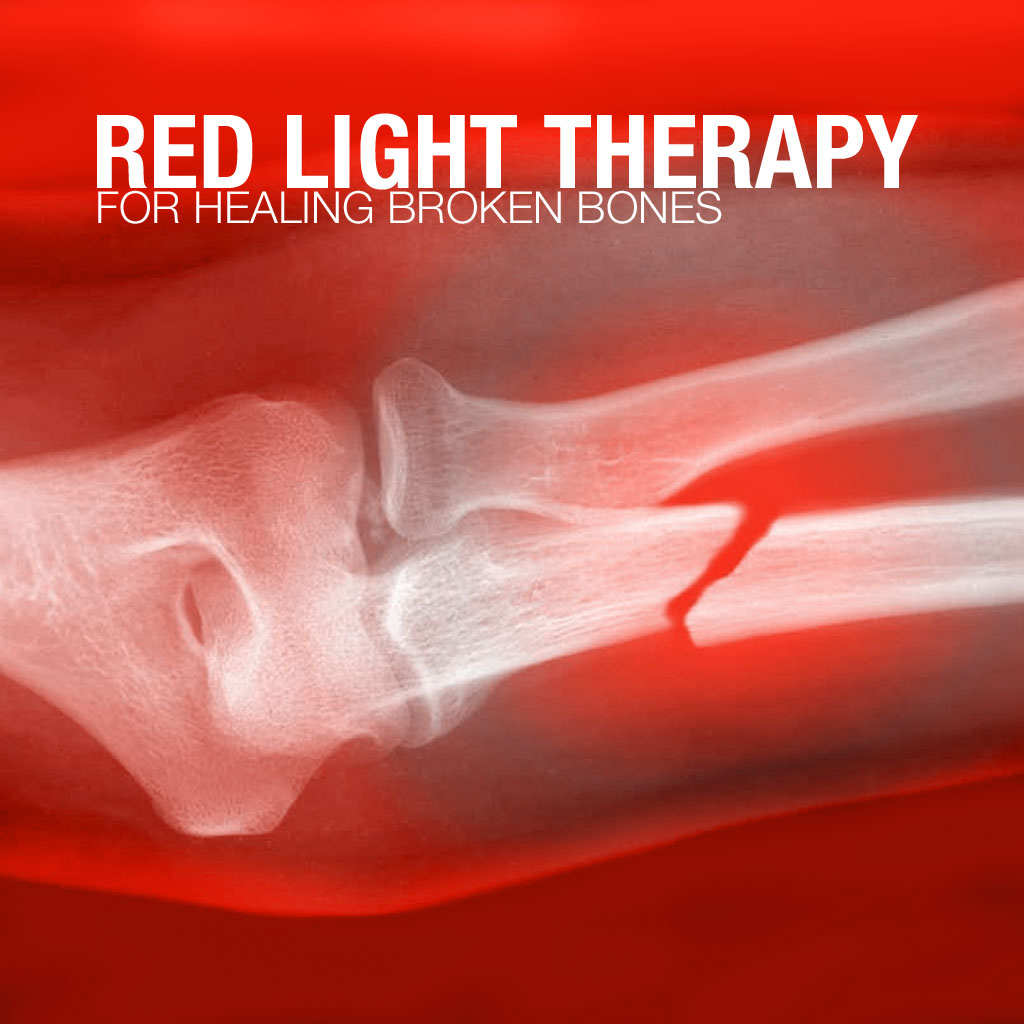
Studies on animals and humans have found that red and near infrared light therapy greatly aids in healing breaks, fractures, and bone defects. ATP production is interrupted in broken bones, and cells begin to die from lack of energy. Red and near infrared light have been shown to:
- Stimulate energy production in bone cells
- Increase bone growth factors
- Enhance blood vessel formation in blood flow to the affected area
- Modulate inflammation
- Enhance the attachment and production of collagen and stimulates growth of bone cells – all of which accelerate the bone repair process
Overall, bone irradiated with near infrared wavelength show increase bone formation in collagen deposition. Read near infrared light therapy is becoming very popular in all sports wear brakes, sprains, and fractures are frequent.


